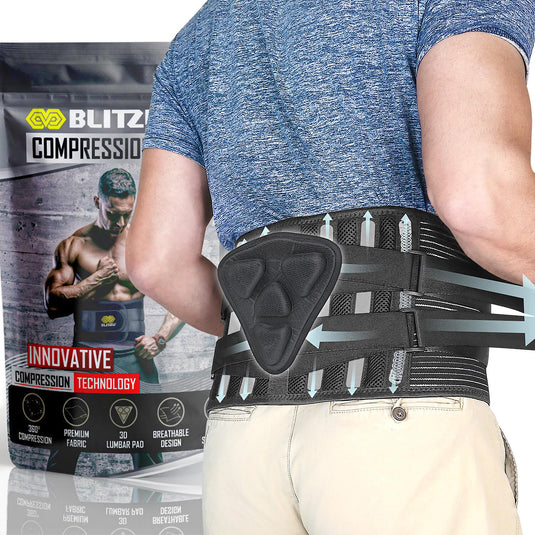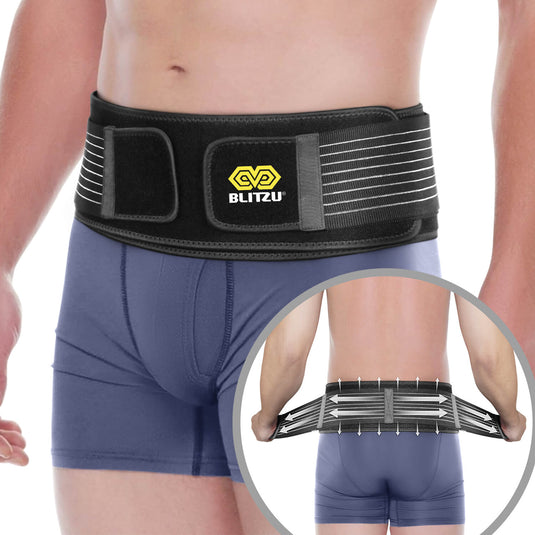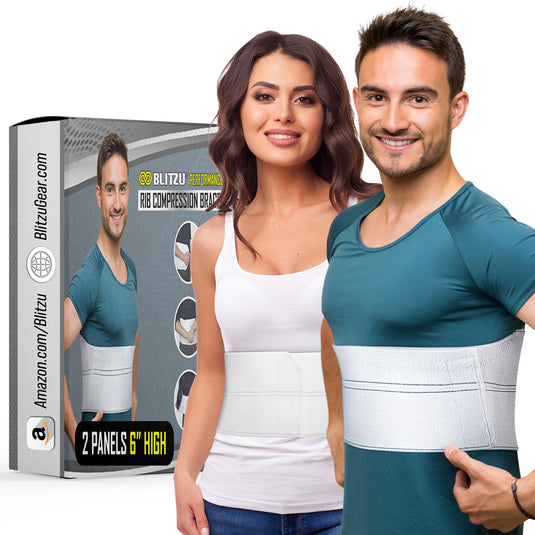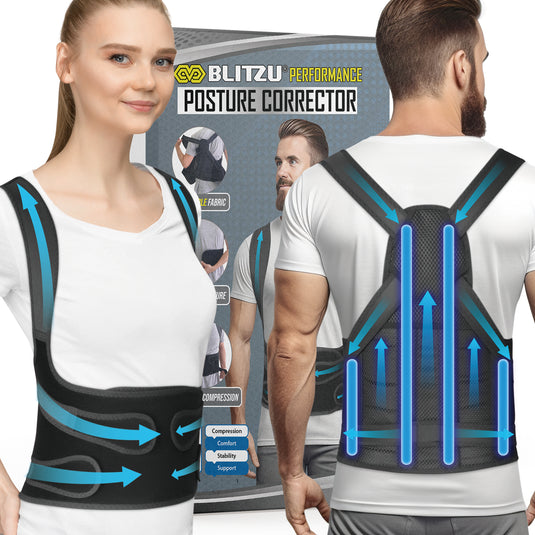Back Pain Treatment
Treatment for Back Pain:
Back pain may be caused by the bony lumbar spine, discs between the vertebrae, ligaments surrounding the spine and discs, spinal cord and nerves, lower back muscles, abdominal and pelvic internal organs, as well as the skin around the lumbar area.
Strain, tension, or injury are common causes of back pain. A strain or spasm can result from the following activities:
- lifting something improperly
- Lifting something too heavy
- Making an abrupt, awkward movement
Using a computer in a hunched position for extended periods of time can result in back and shoulder problems.
It is also possible to experience back pain due to everyday activities or poor posture.
Back Pain Prevention
Back pain can be reduced by doing two types of exercise:
Core-strengthening exercises strengthen the abdominal and back muscles, which protect the back.
A flexibility training program aims to improve the flexibility of the spine, hips, and upper legs.
Diet: You need calcium and vitamin D for the health of your bones, so make sure you get enough of these nutrients in your diet. It is also important to eat a healthy diet in order to maintain a healthy weight.
Smoking: Smokers have a significantly higher incidence of back pain compared to non-smokers of similar age, height, and weight.
Body weight: A person's weight and where they carry it affect their risk of developing back pain. Back pain risk differs significantly between obese and normal-weight individuals. In addition, people who carry their weight in their abdominal area are at greater risk than those who carry it in their buttocks or hips.
Posture when standing: Maintain a neutral pelvic position. You should stand upright with your head facing forward, your back straight, and your weight evenly distributed. Your legs should be straight and your head should be aligned with your spine.
Posture when sitting: It is important for a working seat to have good back support, arm rests, and a swivel base. Sit with your knees and hips level and your feet flat on the floor, or use a footstool. Ideally, you should be able to sit upright with support in the small of your back. Make sure your elbows are at right angles and your forearms are horizontal when using a keyboard.
Lifting: Use a back brace and your legs rather than your just your back when lifting things. You should maintain your balance by keeping one leg slightly forward and your back as straight as possible. You should bend only at the knees, keep the weight close to your body, and straighten your legs as little as possible without changing the position of your back.
Do not lift and twist at the same time: Consider asking someone else to help you lift something heavy. Make sure the back of your neck follows a straight line from your spine as you lift. Do not look up or down while lifting.
Moving things: Pushing things instead of pulling them is better for your back.
Shoes: Shoes with flat soles are less strain on the back.
Driving: A good back support is essential. Ensure that your wing mirrors are properly positioned so that you do not have to twist. Your feet should be squarely in front of the pedals. Take plenty of breaks on long journeys. Getting out of the car and walking around is a good idea.
Bed: Mattresses should support your shoulders and buttocks while keeping your spine straight. Avoid pillows that force your neck into steep angles.






